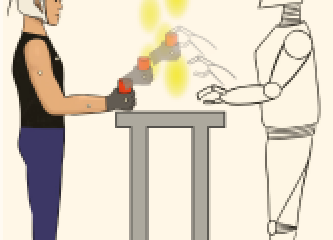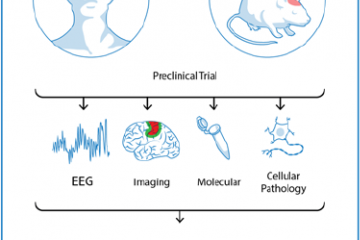Research Projects
Electrical Stimulation for Haptic Feedback in VR
EEG-Guided Electrical Stimulation for Immersive Virtual Reality is a project funded by NSF. In collaboration with researchers at UPitt, we are working towards developing sensory models for fingertips when stimulated with electrical current waves spatially and temporally, in order to eventually enable realistic haptic feedback for virtual and mixed reality applications where feeling of texture are essential for enhanced immersive experiences.





